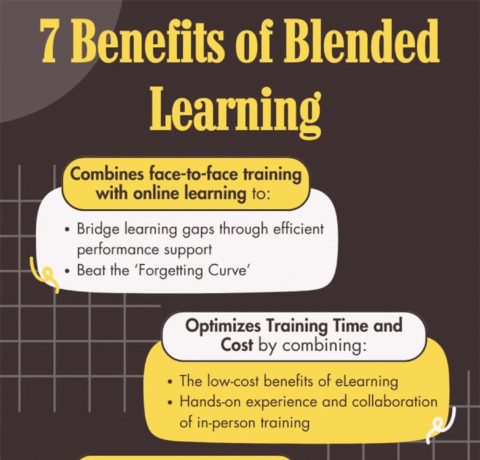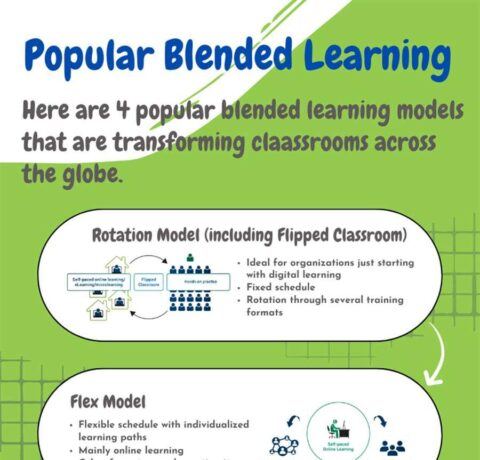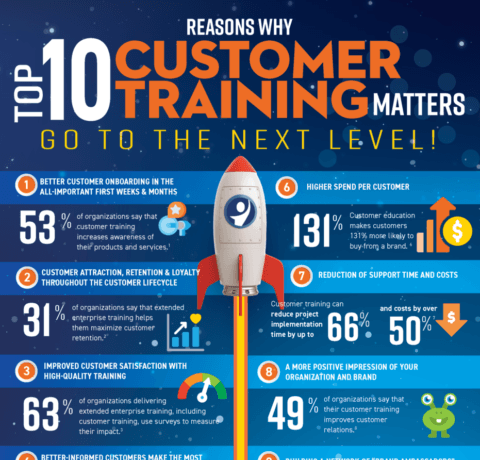According to a 2010 study from the U.S. Department of Education, blended learning classes produce statistically better results than their face-to-face, non-hybrid equivalents. This may be partly due to the fact that this rapidly growing model not only increases the flexibility and individualization of student learning experiences, but also allows teachers to expand the time they spend as facilitators of learning. Schools make the switch to blended learning for a variety of reasons. In addition to considering the age of the students, the reasons for choosing a blended model generally dictate which of the six models they choose to implement:
- Face-to-Face Driver Model
- Rotation Model
- Flex Model
- Online Lab Model
- Self-Blend Model
- Online Driver Model







You can adjust your cookie preferences here.